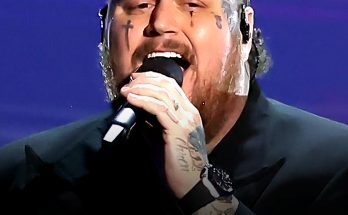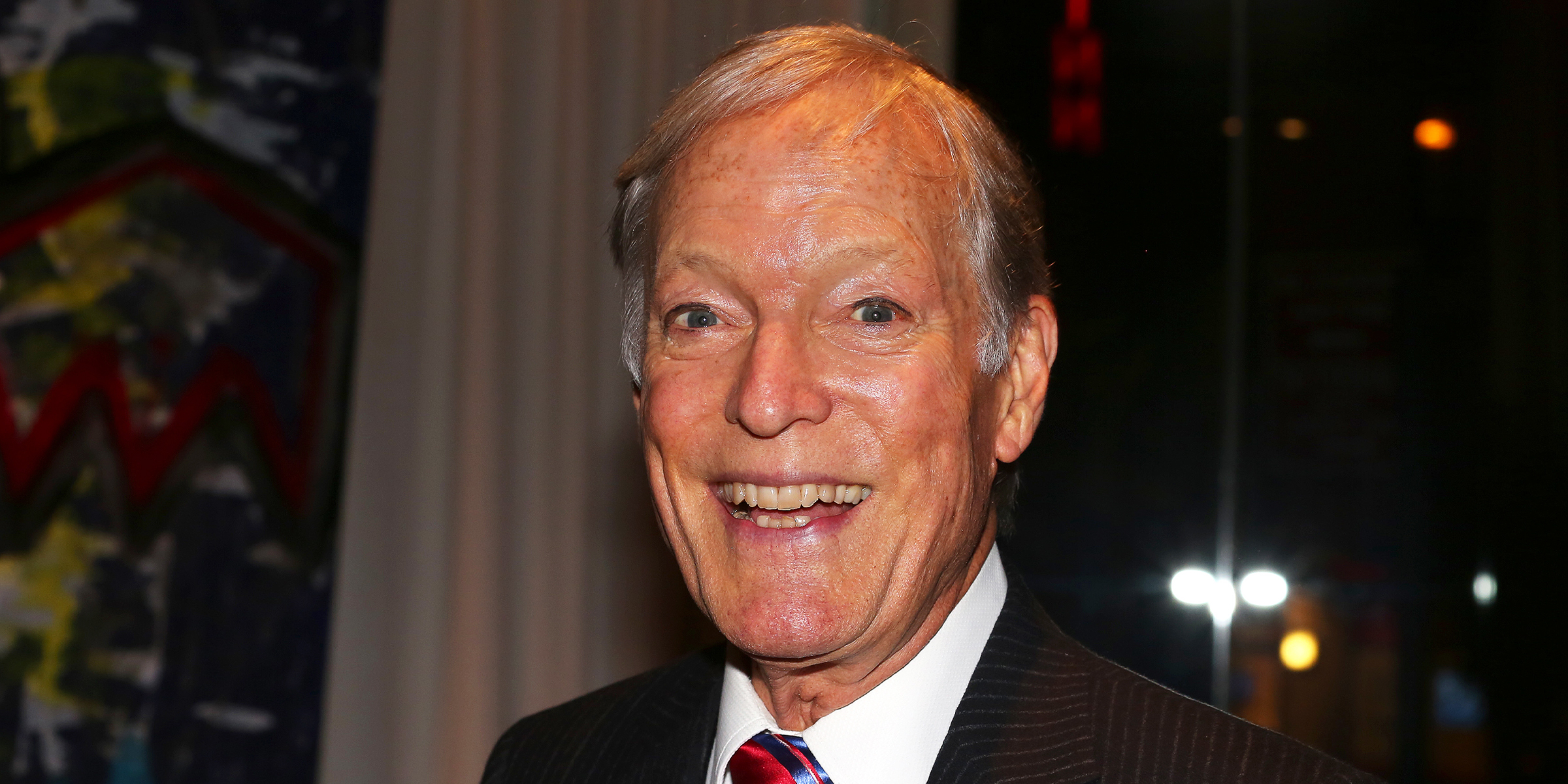
Richard Chamberlain Came Out at 69 – Why He Hid His Sexuality
The actor once admitted to being “very careful and very circumspect” while playing romantic roles in Hollywood. Years after coming out, he said the media had suspected his sexuality, adding the kinds of questions magazine publications used to ask him.
Richard Chamberlain, who recently passed away, was a beloved film and television heartthrob. He captured hearts across generations with a wide range of roles that showcased his charm and talent.
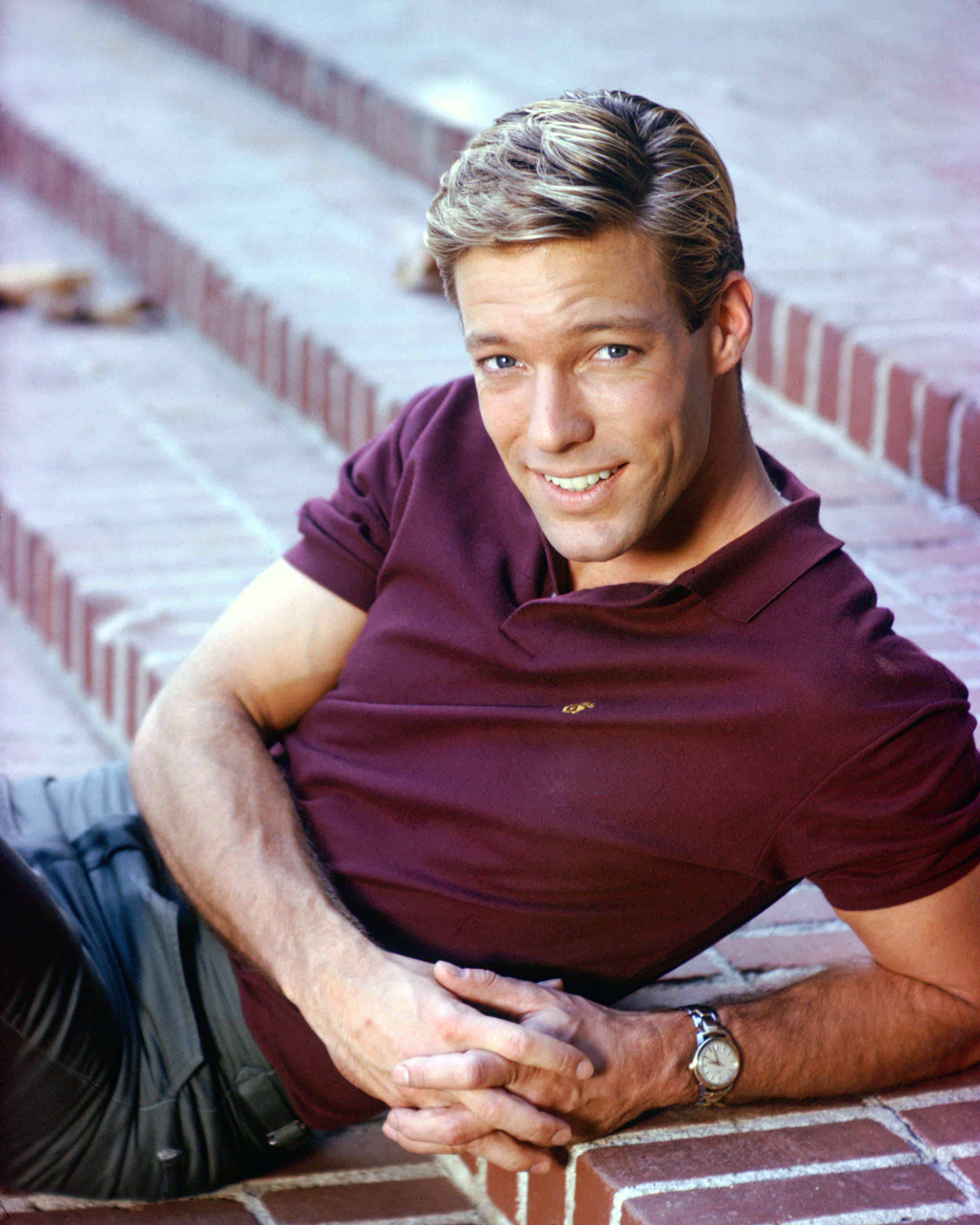
Richard Chamberlain in 1960. | Source: Getty Images
Beyond his public image, Chamberlain shared a more personal side of his life in his 2003 memoir “Shattered Love,” where he came out as gay at 69.
Writing the book was relieving, as he no longer needed to hide. Chamberlain originally intended to focus on philosophical ideas, but his publisher encouraged him to dig deeper and share his personal story.
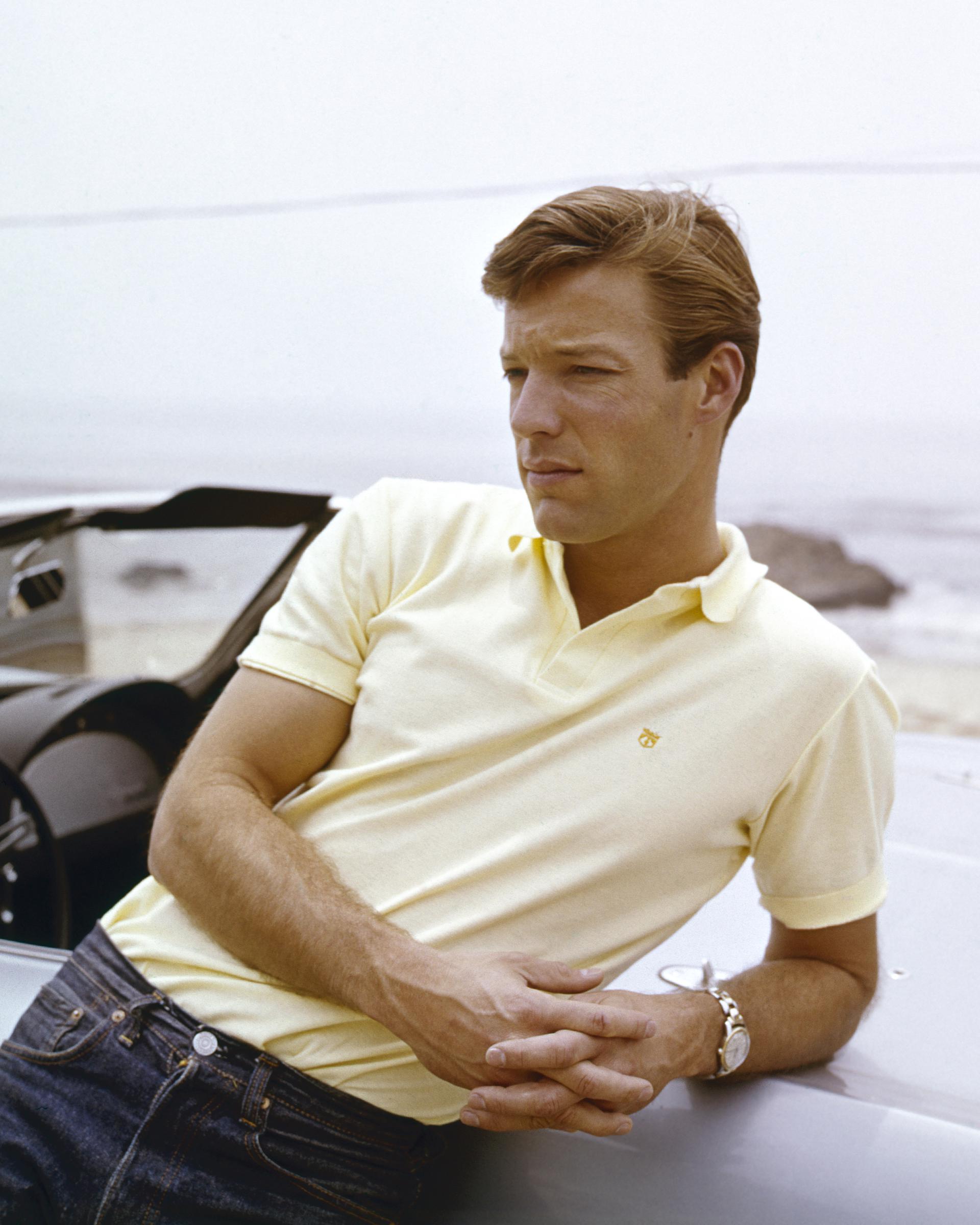
Richard Chamberlain in 1965. | Source: Getty Images
While writing, he described feeling a presence — something he likened to an angel — that helped him realize there was “nothing, absolutely nothing wrong” with being gay. He imagined this presence urging him to “give up all this fear, give up all this hiding.”
Chamberlain said he felt the truth of those words deeply and accepted that being himself was okay. The experience gave him new confidence, and when the time came to speak openly about his identity, he felt no fear.
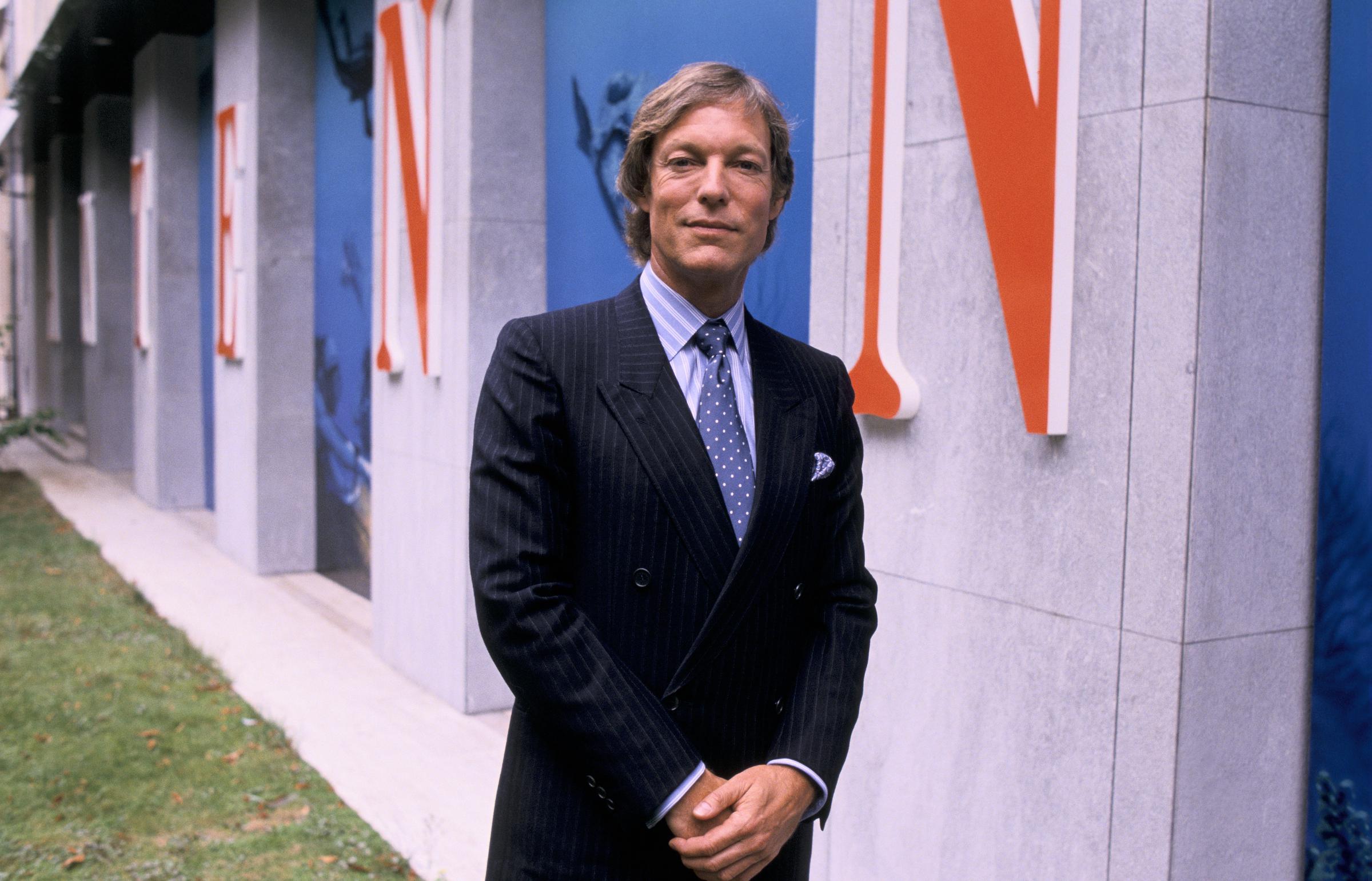
Richard Chamberlain photographed on September 5, 1988, in Paris, France. | Source: Getty Images
In an interview years later, he spoke openly about the careful approach he took while navigating fame during that time. “I had to be very careful and very circumspect,” said Chamberlain.
He added magazines “did lots and lots of interviews,” often hinting at his private life with questions like, “When are you going to get married and have children?”
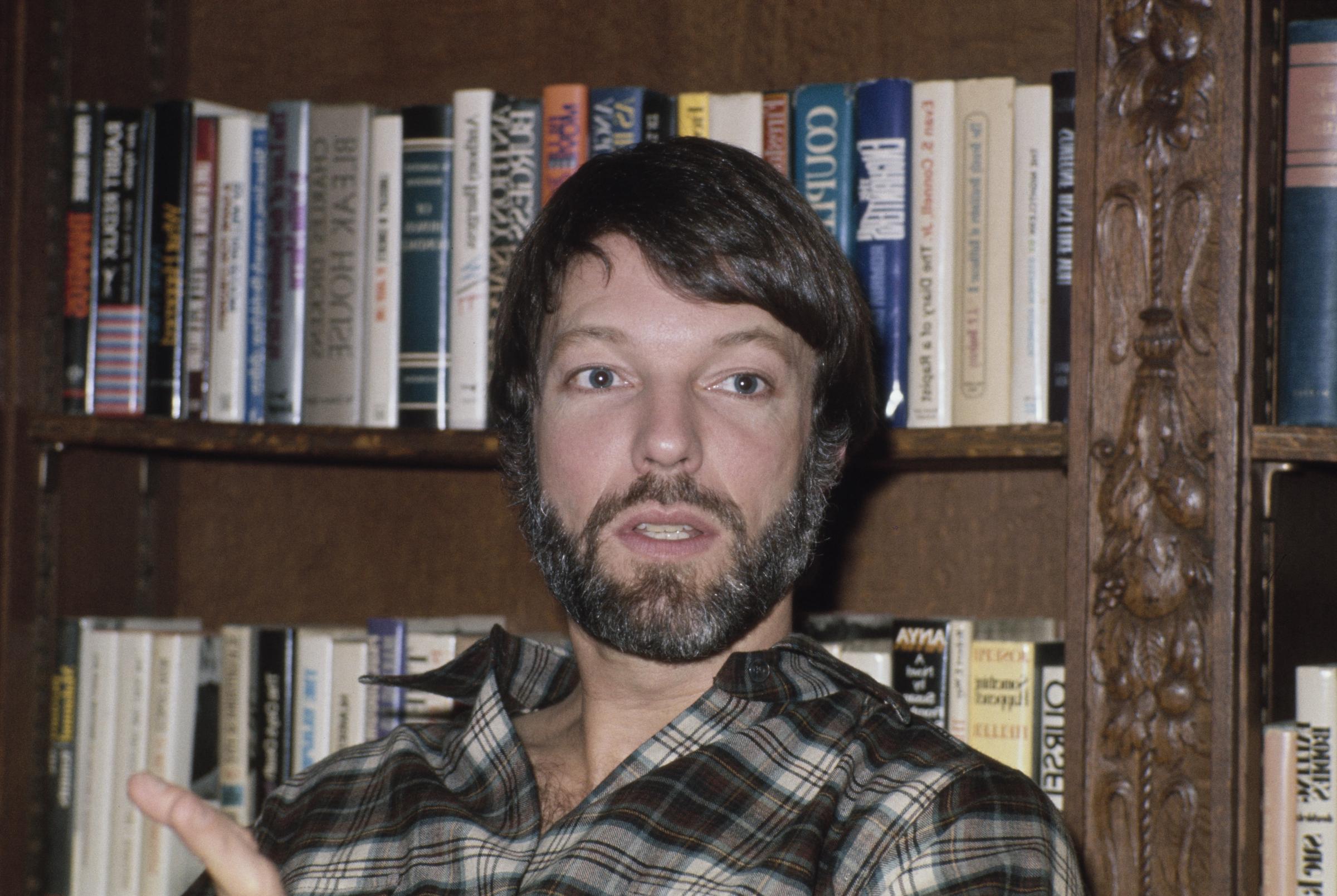
Richard Chamberlain during an interview on February 3, 1977, in New York. | Source: Getty Images
Navigating those moments required subtle deflection. The actor remarked, “I would say, ‘Well, not quite yet. I’m awfully busy.’ I had to be careful for a long time.” Over time, the pressure took its toll.
Chamberlain described the experience as inhibiting but noted that, over time, it became second nature to remain cautious and guarded in certain situations. The star once said it would have been “a disaster” and “awful” for his career as a romantic leading man if the truth had been known.
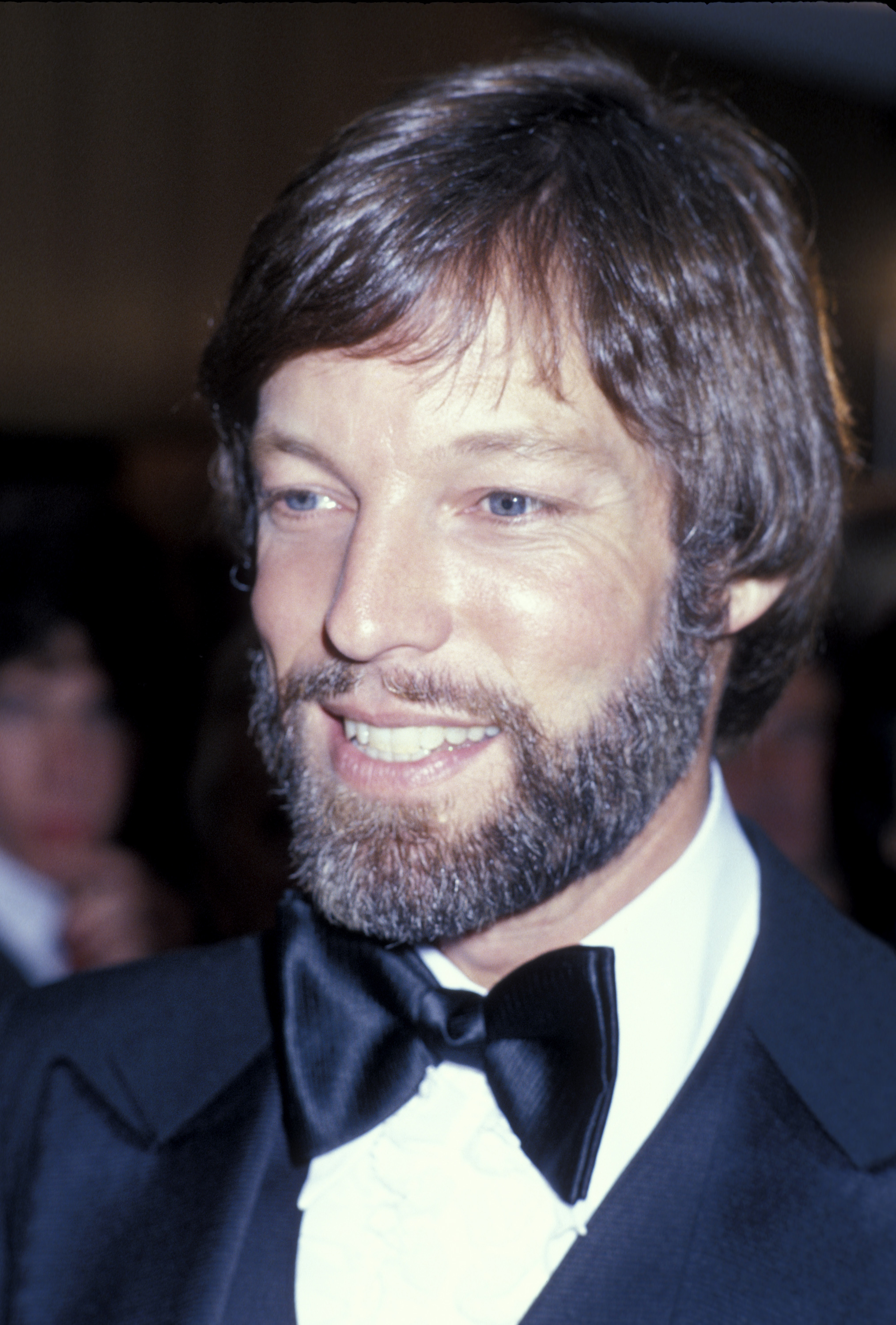
Richard Chamberlain at the 37th Annual Golden Globe Awards on January 26, 1980 | Source: Getty Images
Reflecting on those years, he admitted he would have been happier living openly but was grateful to have achieved his dream of working as an actor.
According to Chamberlain, his public image was centered on being a heterosexual heartthrob, even though many friends and industry peers had long known he was gay. Still, his orientation remained out of the spotlight for decades.
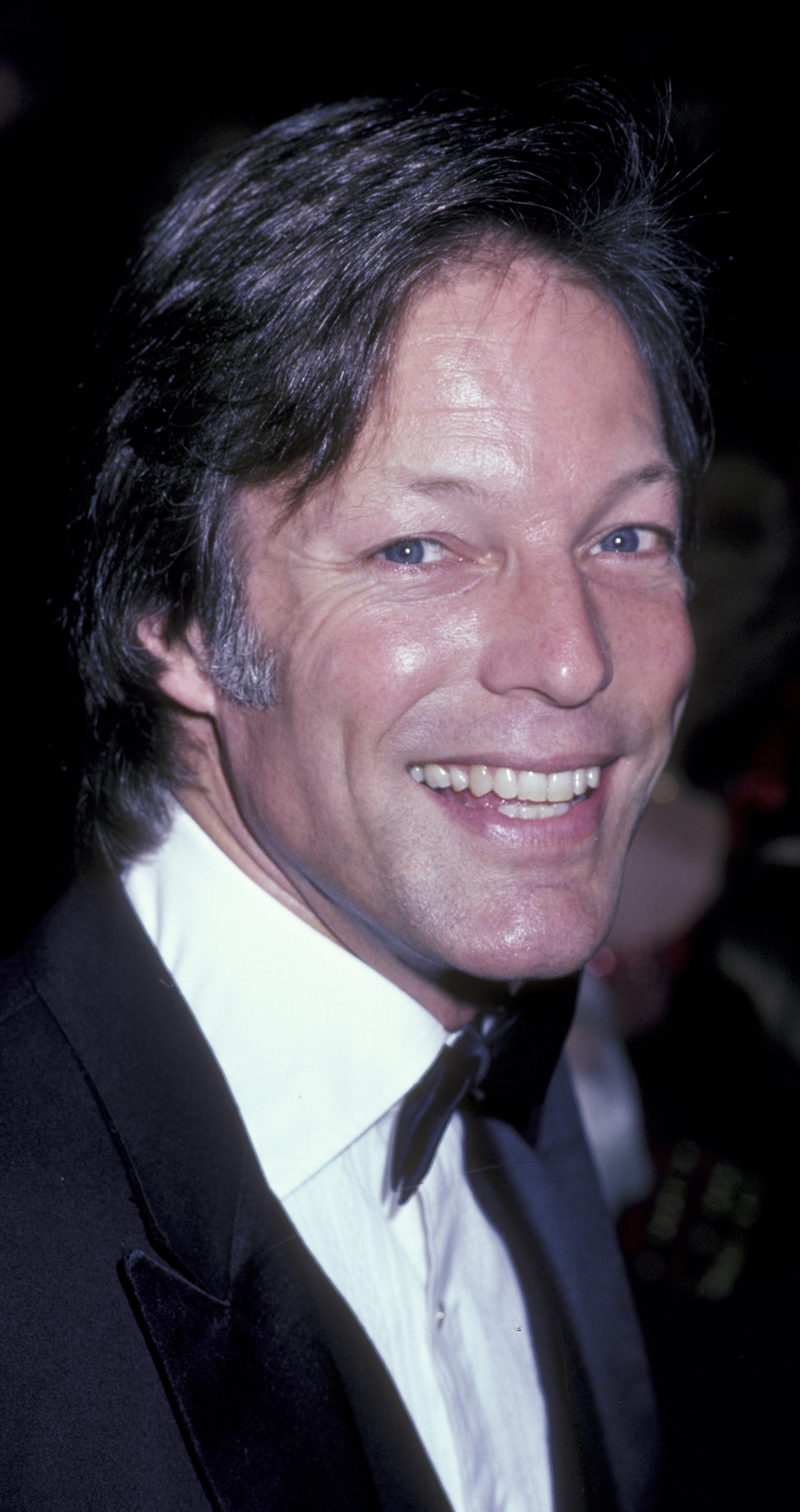
Richard Chamberlain attends Kennedy Center Honors Gala on December 5, 1981, in Washington, D.C. | Source: Getty Images
He described the era he grew up in — the 1930s through the 1950s — as a time when being gay felt impossible. Chamberlain became aware that he was different from other boys early in childhood.
He was taught “that being gay was the worst thing” someone could be, which led him to believe something was deeply wrong with him. The celebrity felt a strong need to hide that part of himself, admitting he never wanted anyone to know.
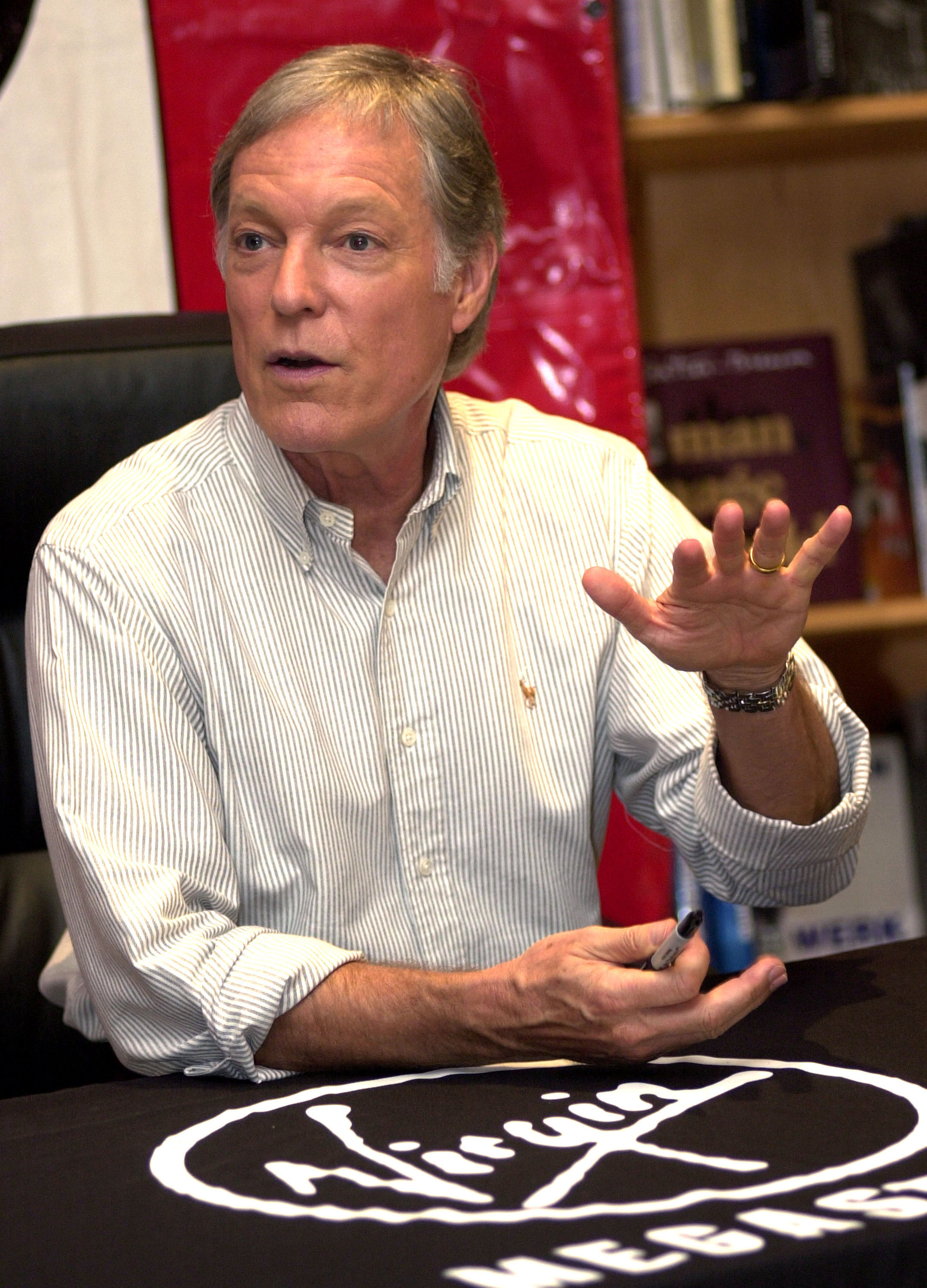
Richard Chamberlain at an in-store event to sign copies of the newly released “Shogun” DVD on September 23, 2003 | Source: Getty Images
That desire for secrecy shaped how he lived for many years. Acting became his refuge — a world where he could disappear into roles and avoid the discomfort of real life.
He once shared that he wanted to be an actor more than anything, drawn to the fantasy it offered because he never felt at ease with who he was. Still, the weight of secrecy remained.
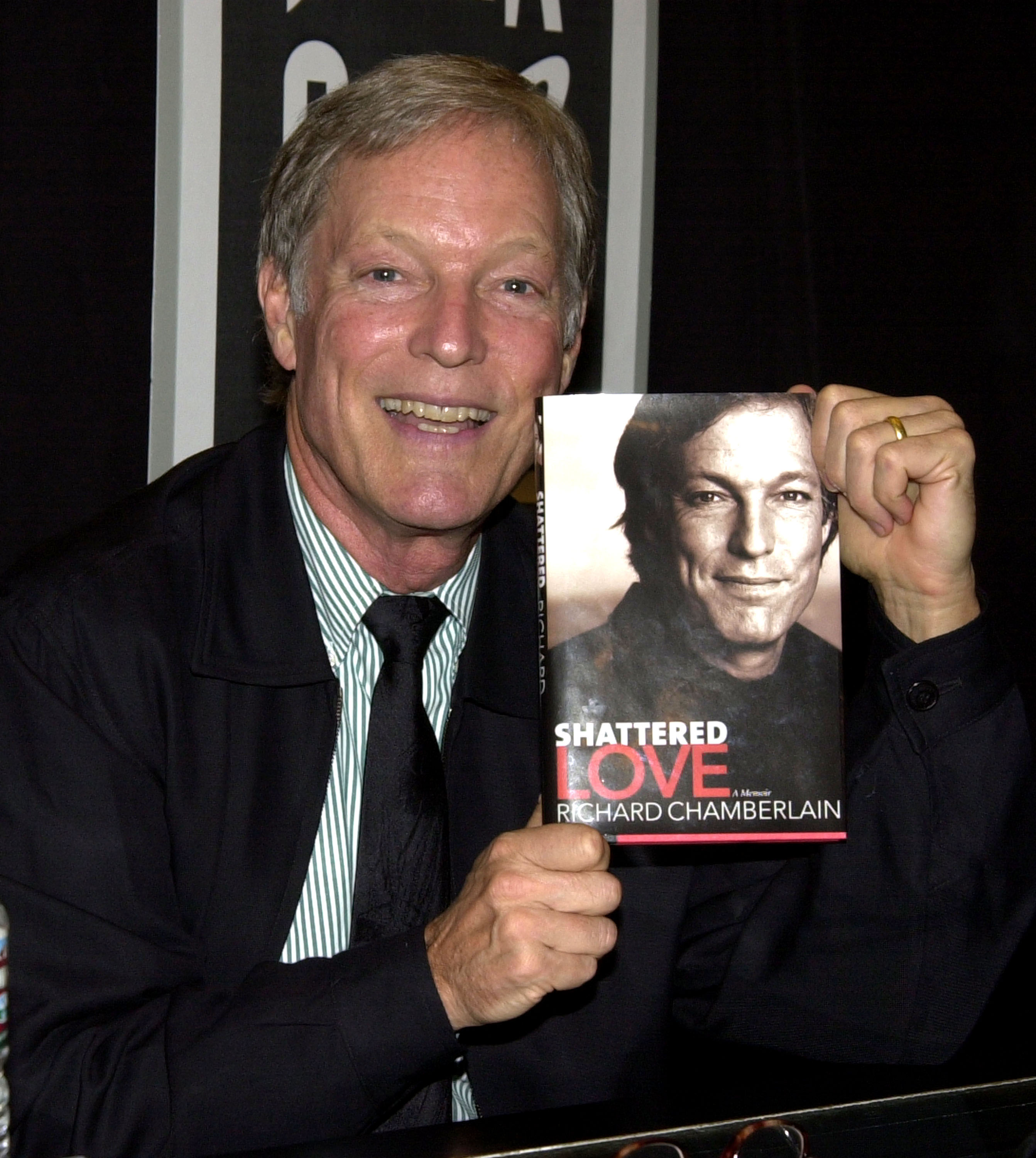
Richard Chamberlain at an in-store book signing event for his memoir “Shattered Love” on June 9, 2003. | Source: Getty Images
Chamberlain admitted he had absorbed society’s fear of gender difference early on, believing his feelings and himself were wrong. He stayed silent because he discriminated against himself.
Though he dated women for appearances, he said those relationships were never physical. Living that way left him unhappy and emotionally drained.
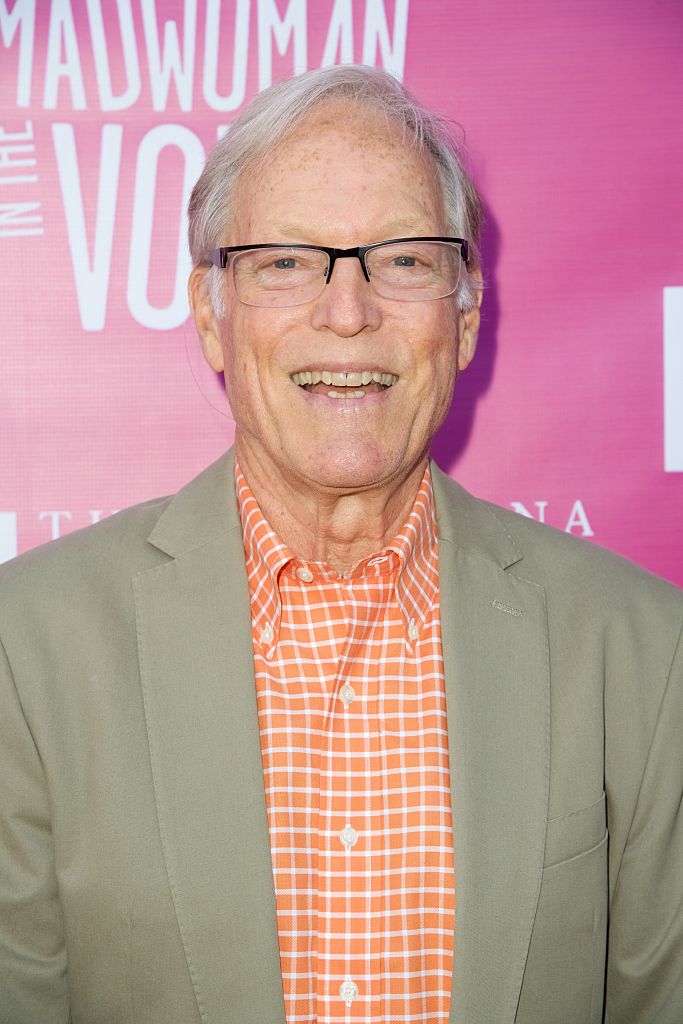
Richard Chamberlain attends the opening night performance of “The Madwoman in the Volvo” on June 5, 2016, in Pasadena, California. | Source: Getty Images
In 1991, tabloids unofficially outed him. He denied the rumors, fearing his career was over. For a year, work stopped — but eventually, nothing truly changed. It wasn’t until he began writing his memoir that he finally faced his truth.
Those early struggles with identity shaped much of Chamberlain’s private life, which he kept largely out of the public eye. In the 1970s, he had a brief relationship with actor Wesley Eure.
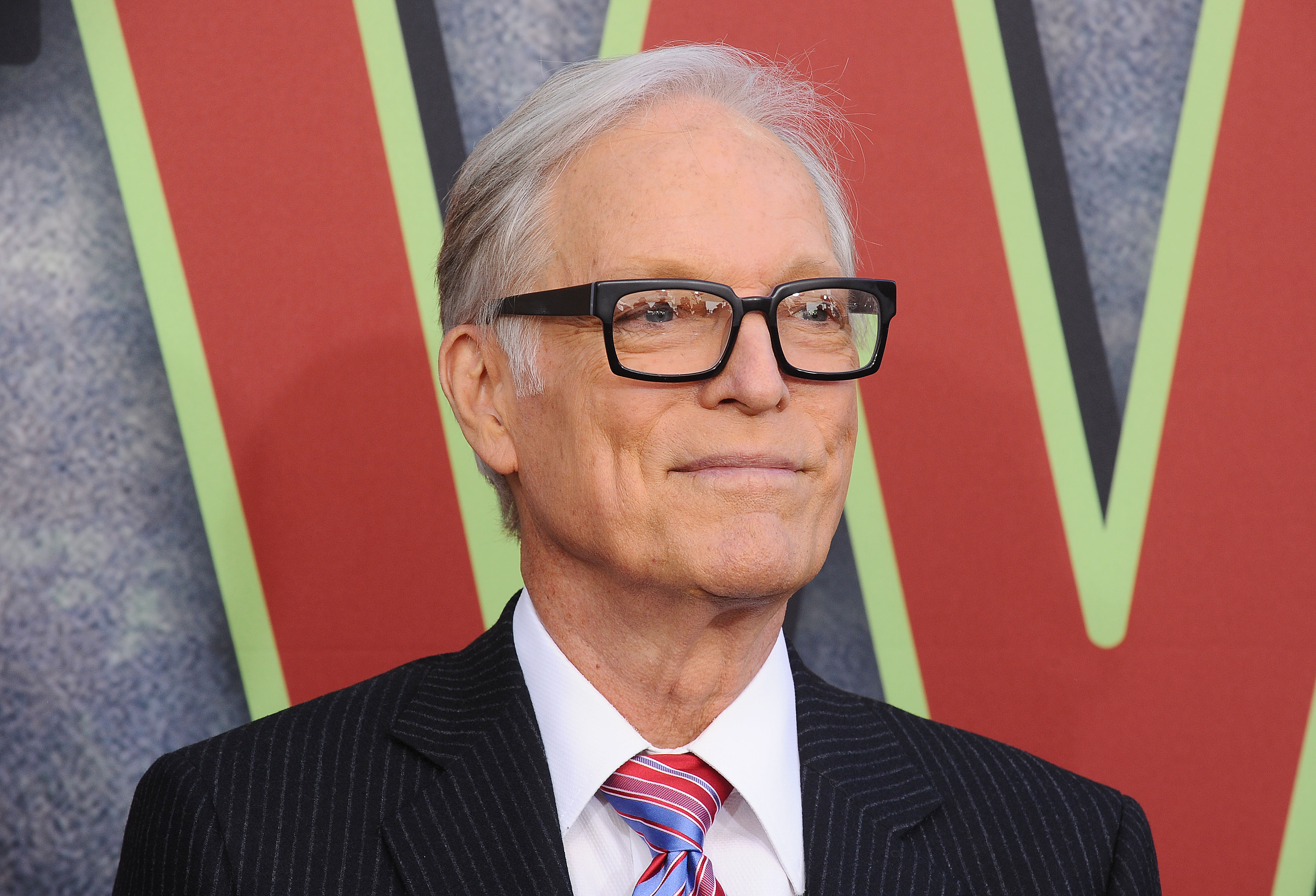
Richard Chamberlain attends the premiere of “Twin Peaks” at the Ace Hotel on May 19, 2017, in Los Angeles, California. | Source: Getty Images
Journalist Craig Bennett, in his book “True Confessions of a Shameless Gossip,” wrote about their connection, noting that Chamberlain was nearly two decades older than Eure.
According to Bennett, Eure viewed Chamberlain not just as a romantic partner and mentor but also as a father figure — a bond made deeper by Eure’s experience of being abandoned by his father as a young child. Bennett claimed that he loved the TV star deeply.
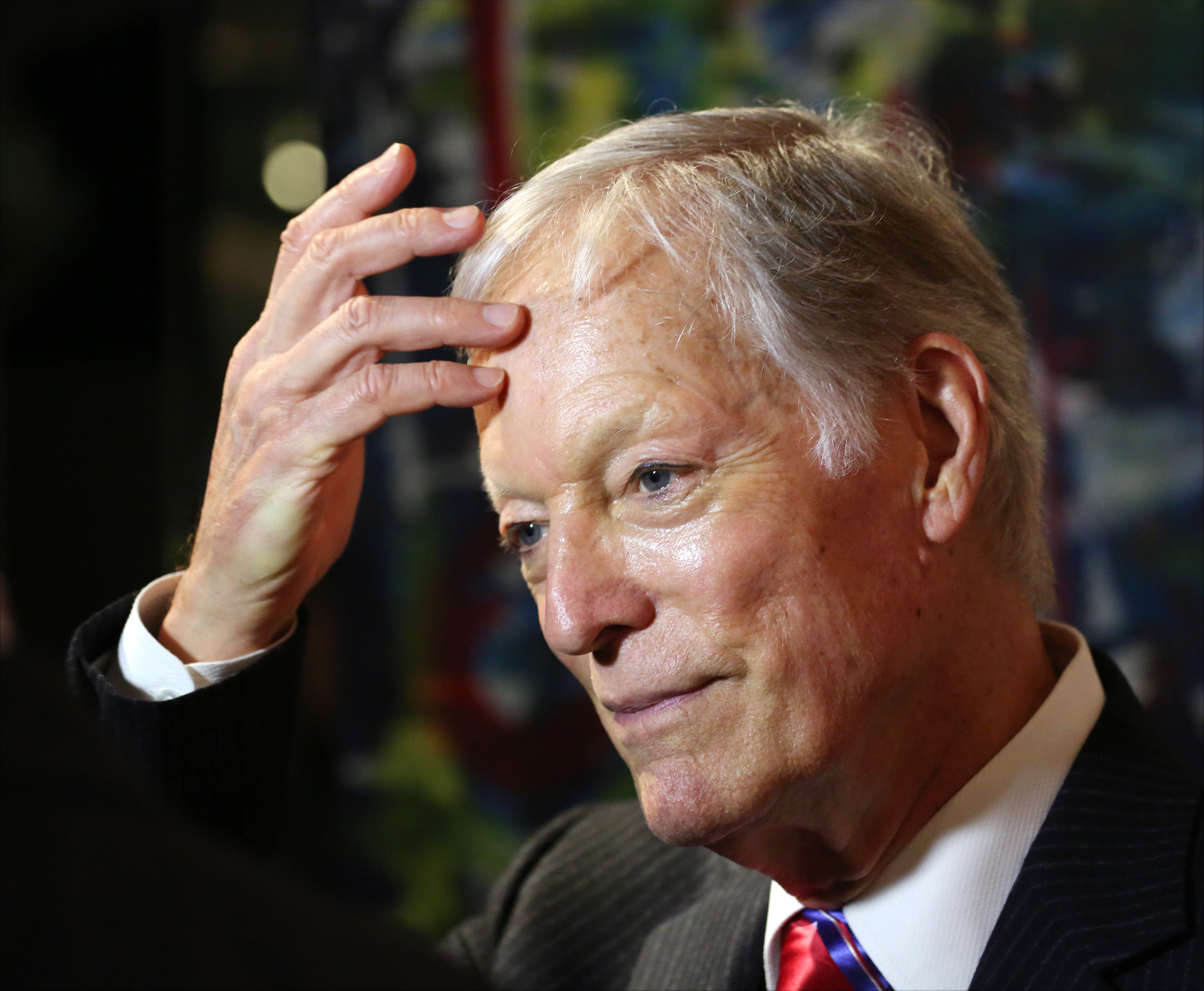
Richard Chamberlain attends the Off-Broadway opening night after-party for the New Group production of “Sticks and Bones” on November 6, 2014, in New York City. | Source: Getty Images
Not long after his secret romance with Eure, Chamberlain began a long-term partnership with actor Martin Rabbett. In 2003, the two gave their first interview as a couple. Rabbett, who helped edit Chamberlain’s memoir “Shattered Love,” encouraged him to be truthful in sharing his story.
He acknowledged the challenges with Chamberlain’s fame, stating they had paid a high price for it. After the book was published, Rabbett received a letter from one of Chamberlain’s fans that read, “We always knew you were there,” a gesture that left a lasting impression.
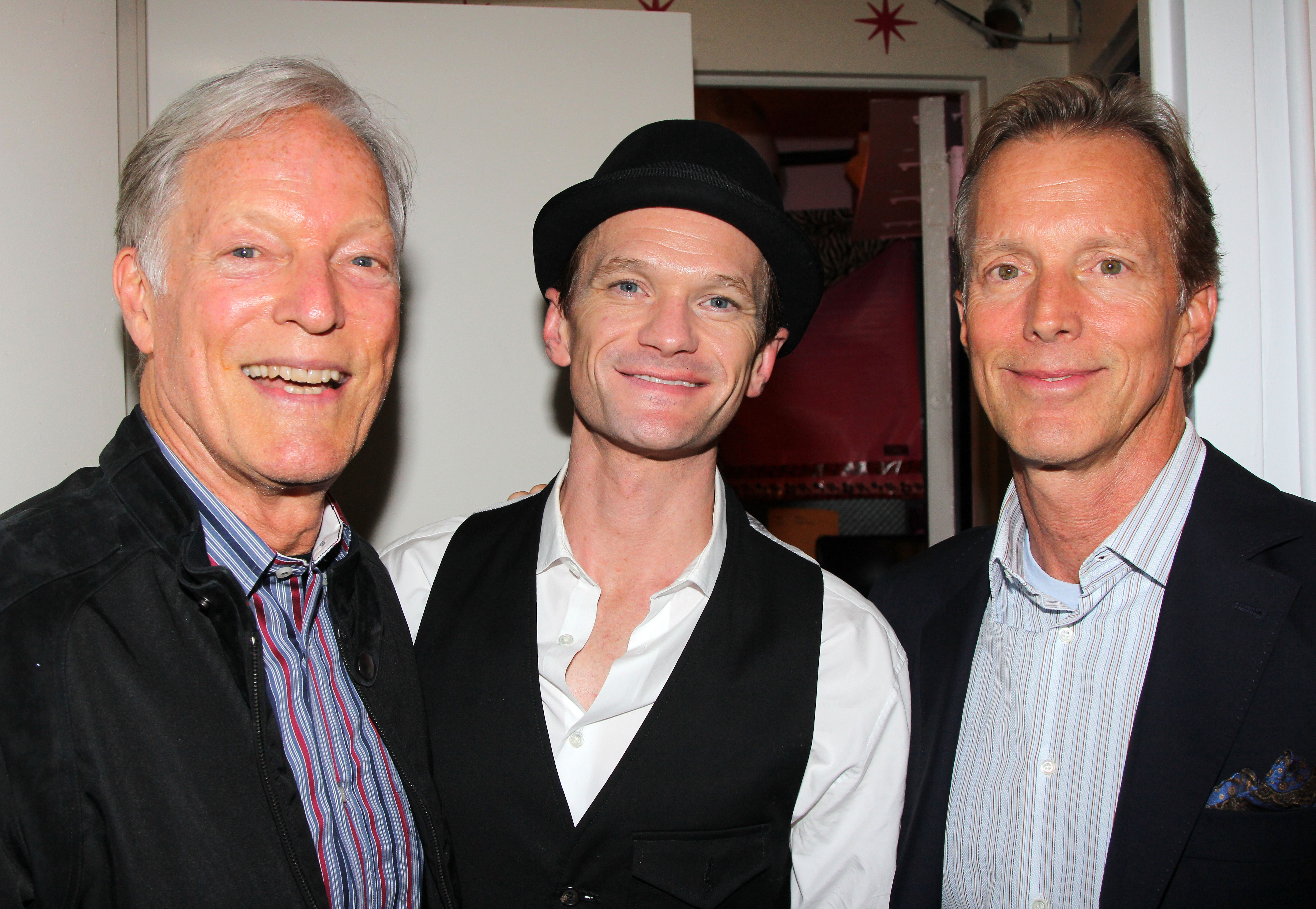
Richard Chamberlain, Neil Patrick Harris, and Martin Rabbett pose backstage at “Hedwig and The Angry Inch” on Broadway on May 27, 2014, in New York City. | Source: Getty Images
Chamberlain remarked that coming out had not brought the backlash he once feared, noting that no one had tried to harm him or treat him differently. The two were together from 1977 until their amicable separation in 2010, though they remained close companions even after parting ways.
In a 2014 interview, Chamberlain spoke about the decades he and Rabbett spent living in Hawaii. After deciding to relocate to Los Angeles, their romantic relationship ended, but their friendship remained.
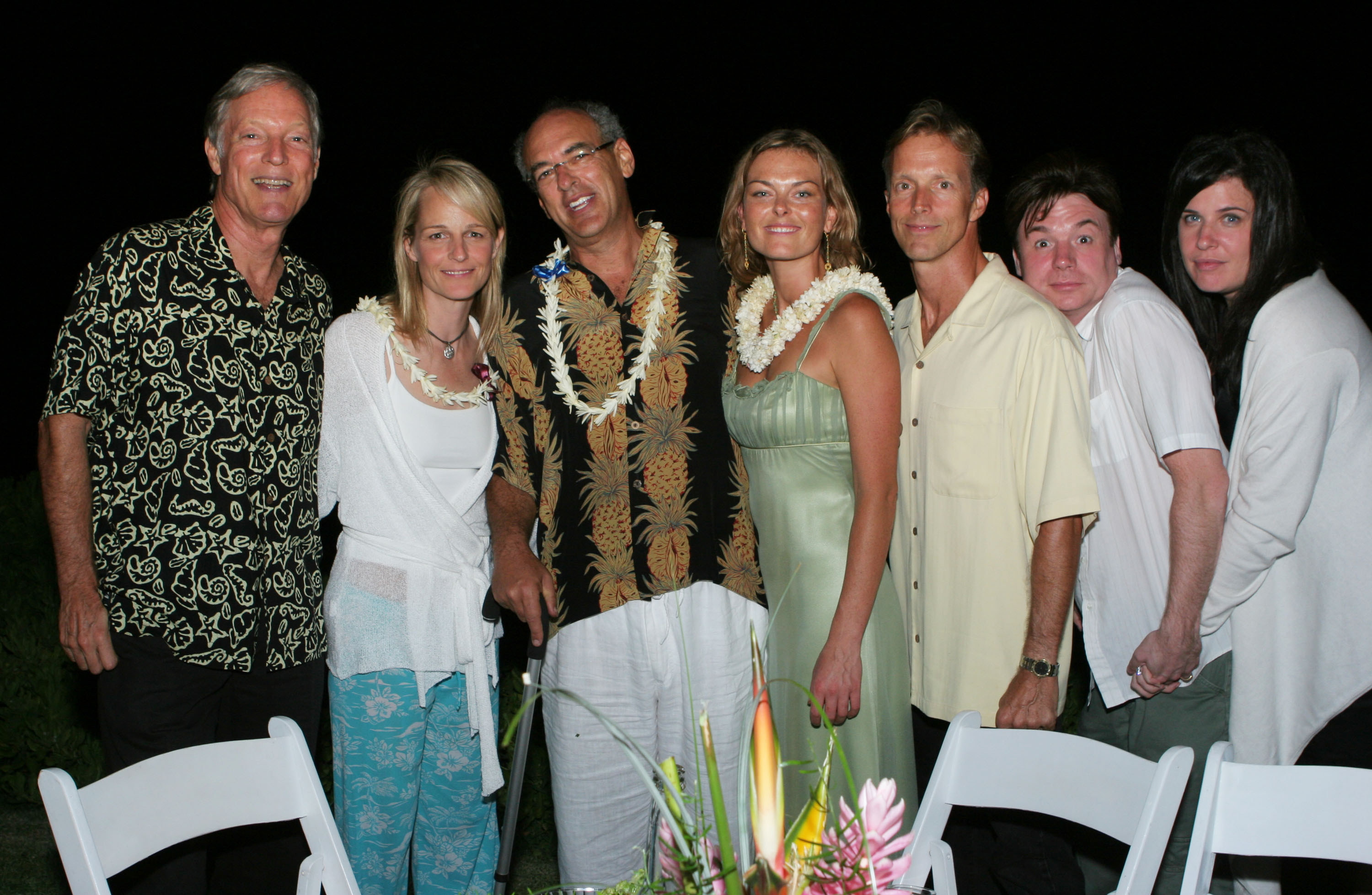
(L-R) Richard Chamberlain, Helen Hunt, Shep Gordon, Renee Loux, Martin Rabbett, Mike Myers and Robin Ruzan at Maui Film Festival – Shep Gordon Party on June 17, 2005 | Source: Getty Images
He noted that they no longer lived together and described their connection as stronger than ever. The star even advised that married couples might benefit from having separate homes.
After many years spent side by side, their bond remained unshaken — right up until the final chapter of Chamberlain’s life. The veteran actor, who died on March 29, 2025, spent his final days in Waimanalo, Hawaii.
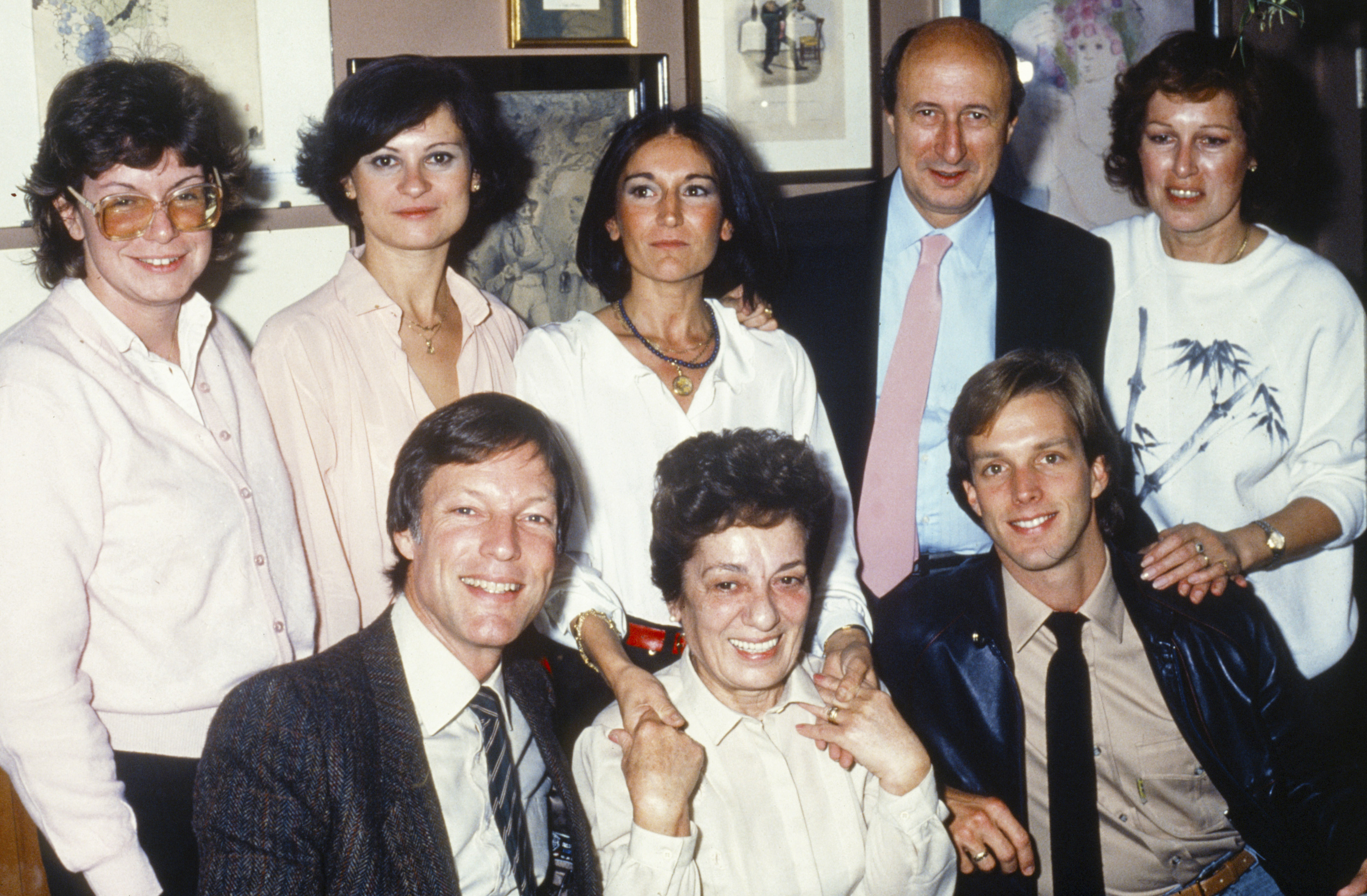
Richard Chamberlain posing with his partner Martin Rabbett and the journalists of the magazine TV Sorrisi e Canzoni Canzoni Antonella Giola, Fiorenza Botta, Rosanna Mani, Simona Morini and with the editor Gigi Vesigna on December 31, 1987, in Milan. | Source: Getty Images
A friend speaking on behalf of his retired publicist confirmed in a statement that the actor died from complications following a stroke.
In the wake of his passing, Rabbett shared a tribute: “Our beloved Richard is with the angels now. He is free and soaring to those loved ones before us.” The actor further expressed that love does not end and believes their love will carry Chamberlain into his next journey.
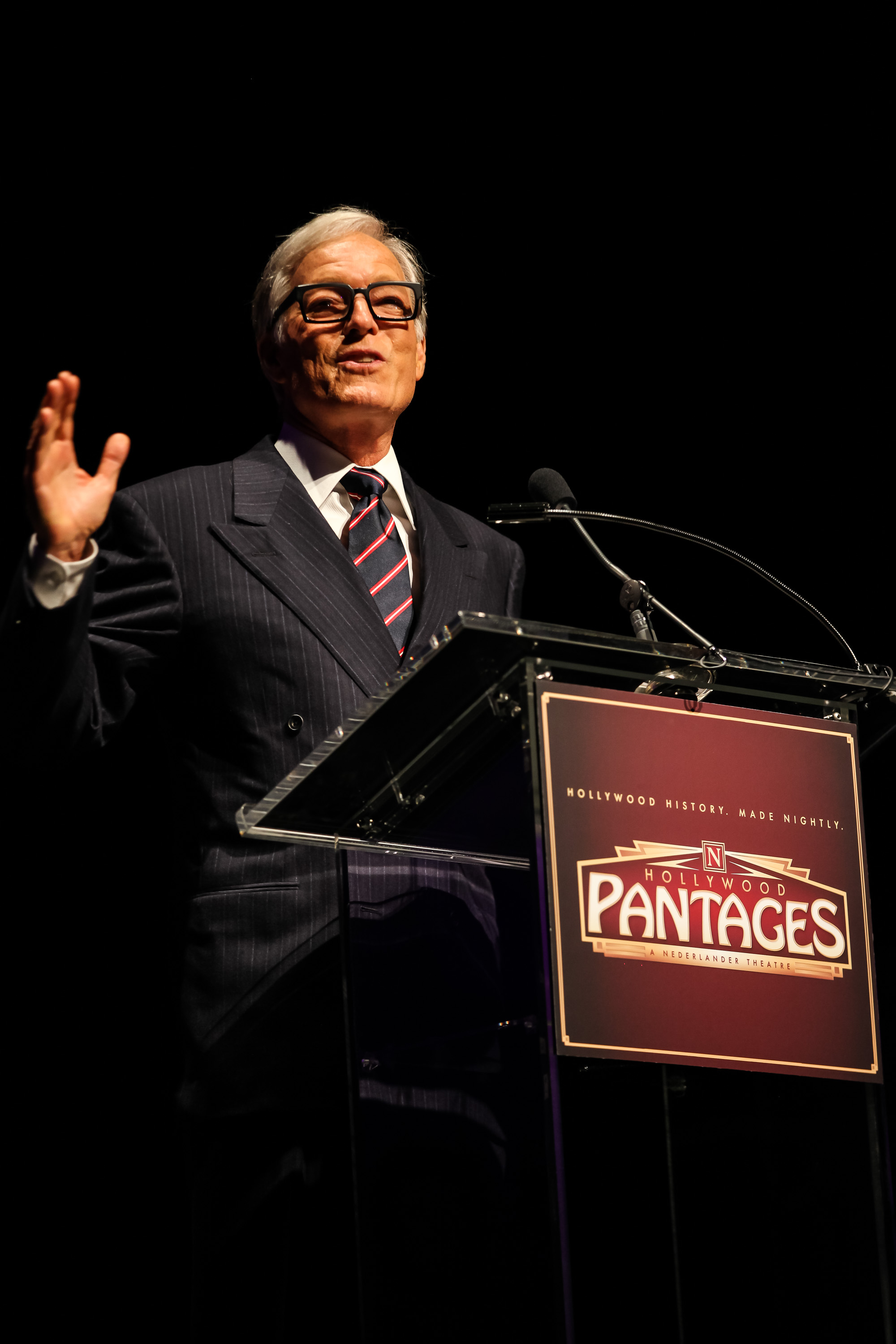
Richard Chamberlain attends the 3rd annual Jerry Herman Awards at the Pantages Theatre on June 1, 2014, in Hollywood, California. | Source: Getty Images
That journey began decades earlier with a love for the stage. Chamberlain’s passion for performing began during his college years at Pomona, where he first explored theater.
After completing two years of military service in Korea with the U.S. Army, he turned his attention to acting. Chamberlain took on small television roles early on, but everything changed at 26 when he landed the lead in NBC’s “Dr. Kildare.”
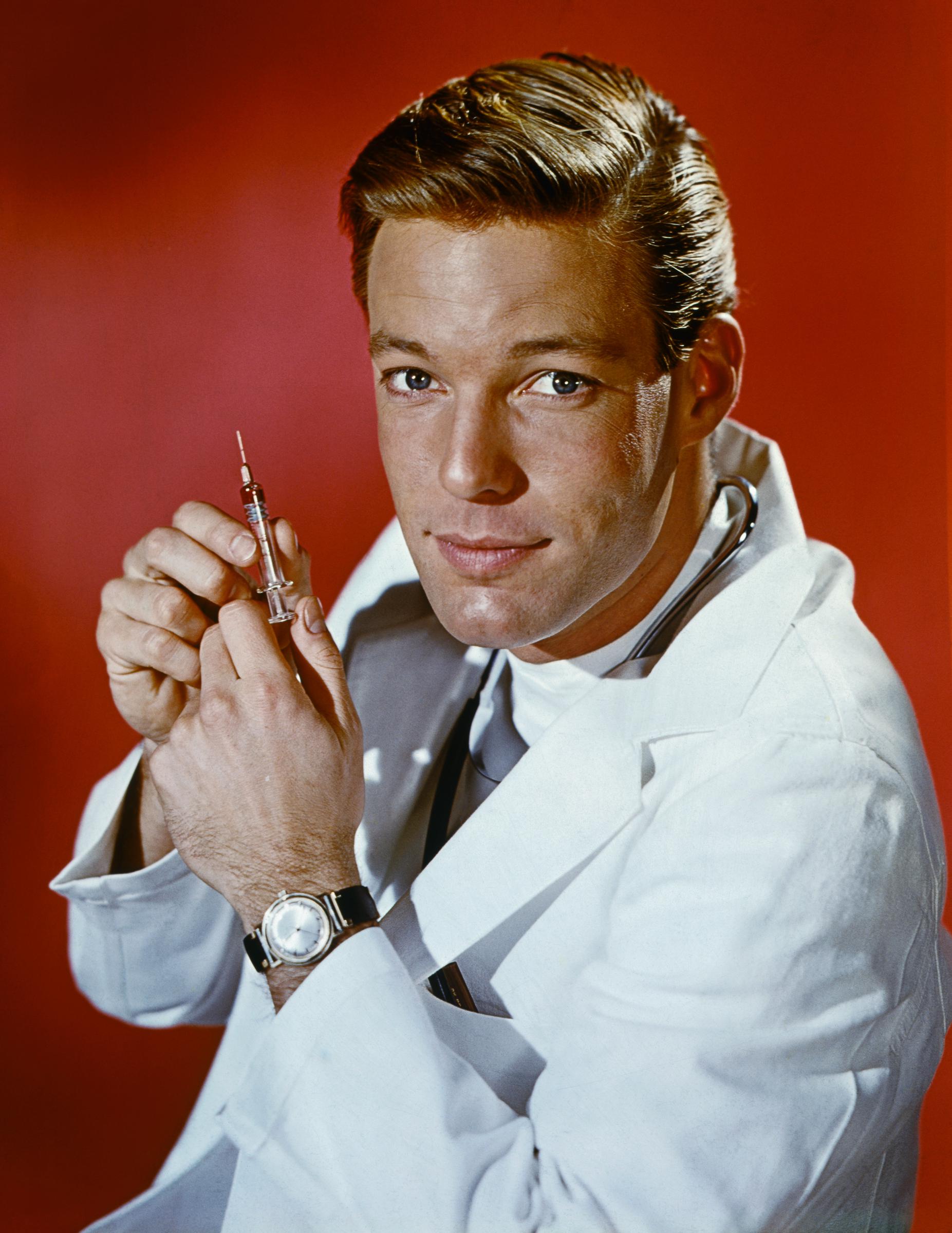
Richard Chamberlain on the set of “Dr. Kildare,” 1961 | Source: Getty Images
The medical drama premiered in 1961 and quickly became a television sensation. Viewers were drawn to his charisma, and fan letters poured in, cementing his status as a rising star.
However, not every project met the same success. After “Dr. Kildare” ended, Chamberlain took on a new challenge — joining a musical adaptation of “Breakfast at Tiffany’s” alongside Mary Tyler Moore.
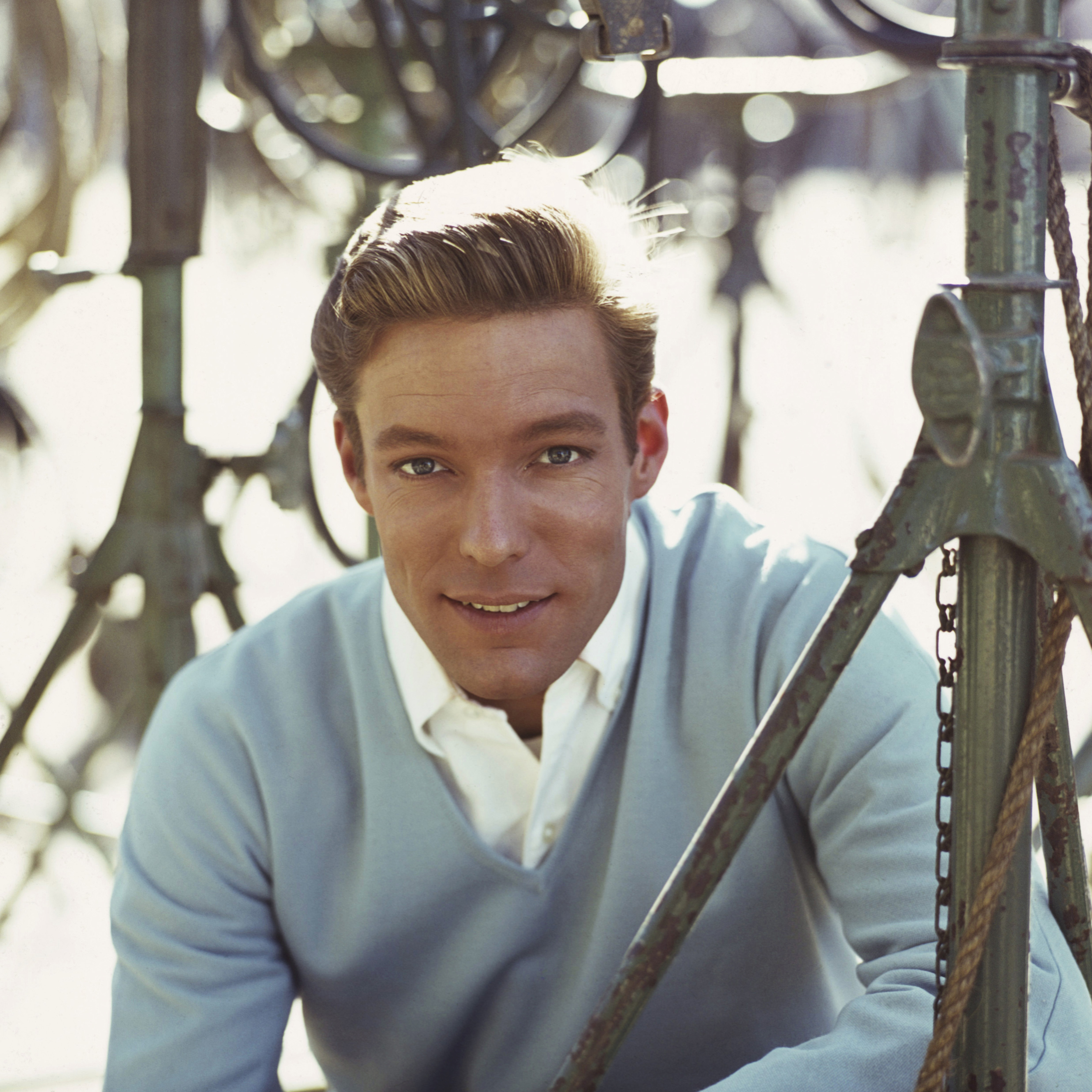
Richard Chamberlain pictured in a promotional portrait for “Dr. Kildare,” in 1962 | Source: Getty Images
But the production never made it past previews and was shut down before officially opening. Reflecting on the experience in a 1980 interview, Chamberlain admitted, “Up until then I had never known anything but miraculous success.”
The beloved Hollywood celebrity later expanded his television legacy with standout performances in major miniseries, including “Shōgun” and “The Thorn Birds.” He nearly starred alongside actress Jane Seymour, but their screen test didn’t turn out well, and she lost the role.
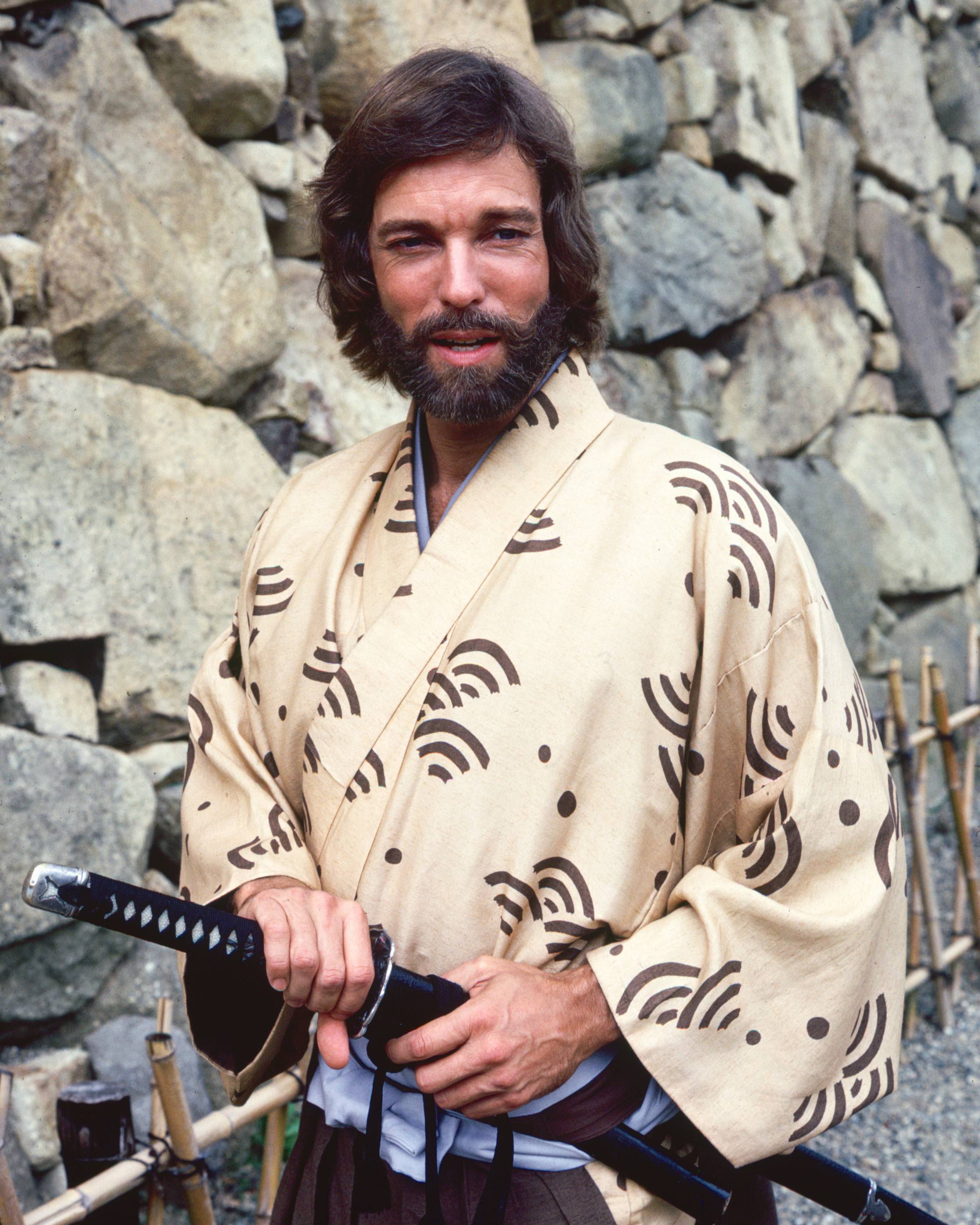
Richard Chamberlain on the set of “Shogun,” 1980 | Source: Getty Images
His consistent impact on the small screen did not go unnoticed. In 1988, The New York Times referred to him as the “king of the miniseries” and the “Robert Redford of the living room,” a nod to his widespread appeal and commanding presence in television dramas.
That recognition was mirrored by the accolades he earned throughout his career. Chamberlain received Emmy nominations for standout roles in “The Thorn Birds,” “Shogun,” “Wallenberg: A Hero’s Story,” and “The Count of Monte Cristo.”
He also took home three Golden Globe Awards — two for “The Thorn Birds” and “Shogun,” and one for best television actor for “Dr. Kildare” in 1963.
Richard Chamberlain’s legacy lives on through the unforgettable roles that defined his decades-long career. From television heartthrob to acclaimed dramatic actor, he captivated audiences with depth, grace, and quiet strength.
Behind the spotlight, he navigated personal struggles with dignity, ultimately finding peace in truth and authenticity. His life remains a testament to the power of talent and perseverance.


